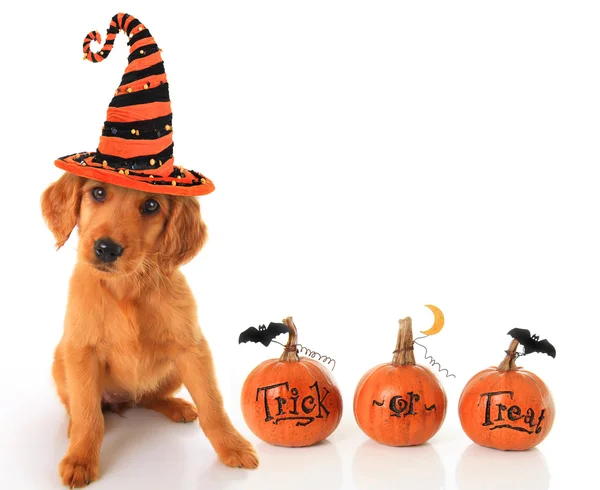
Halloween is a night of surprises: flashing lights, strange costumes, and the steady stream of visitors at the door. For dogs, this can be much more frightening than festive, and preparation is paramount for their safety and emotional well-being.
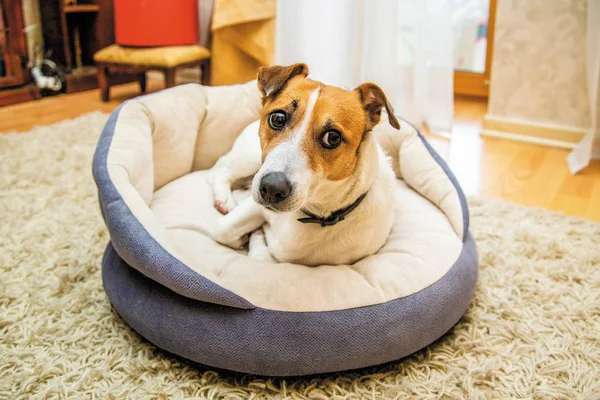
1. Recognize the Signs of Canine Stress
Dogs, through their body language, will show their discomfort well before they bark or whine. Backing away from strangers, trembling, pacing, and elimination indoors are clear signs that they are overwhelmed. Learning to recognize these cues provides the owners an opportunity to intervene sooner, providing space or comfort before anxiety escalates.
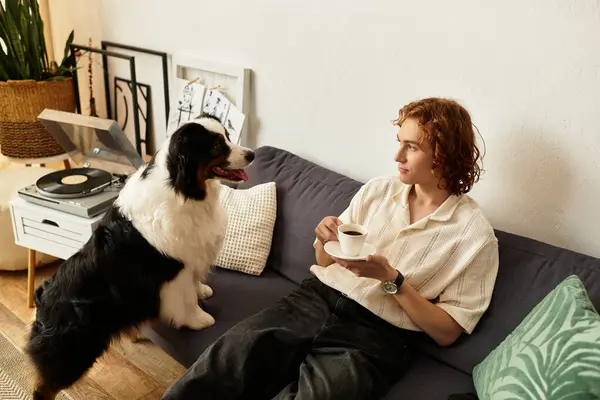
2. Create a Safe Retreat
A quiet, enclosed room away from the front door can be a haven during peak trick-or-treating hours. Stock it with a comfy bed, fresh water, and calming background noise. Interior doors or baby gates add an extra layer of security to prevent accidental escapes when the doorbell rings.

3. Train for Doorway Calm
In the days leading up to Halloween, practice “sit” and “stay” around the front door, as that will help teach your dog to remain steady when visitors are coming in. Certified trainer Nicole Ellis says to take the dog on leash and put a platform by the door for reinforcement of position. “Preparing ahead of time can make a huge difference,” she says.
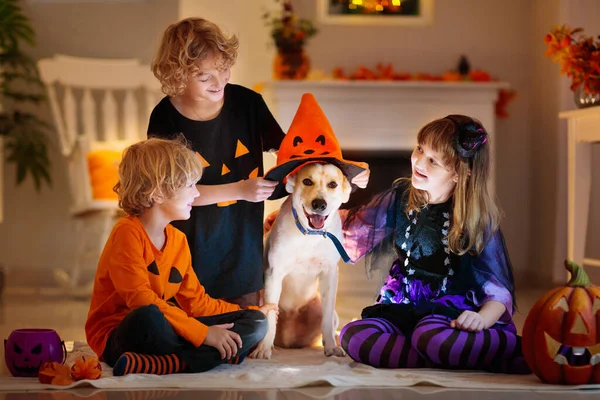
4. Keep Candy and Hazards Out of Reach
Candy poses a serious risk; chocolate contains methylxanthines, which may cause vomiting, seizures, or even be fatal in large quantities. Sugar-free treats containing xylitol cause dangerous drops in blood sugar, and the wrappers present choking hazards. Other risks include lit candles, fake cobwebs, and glow sticks. Store all treats safely, and use pet-safe decorations.

5. Employ Relaxation Techniques and Distraction
Such stress-reducing methods include sound desensitization training, anxiety vests, and pheromone diffusers. On the night itself, distractions like a frozen toy stuffed with pumpkin puree or a long-lasting chew keep dogs focused on something positive. White noise machines or calming music can help muffle startling sounds from outside.
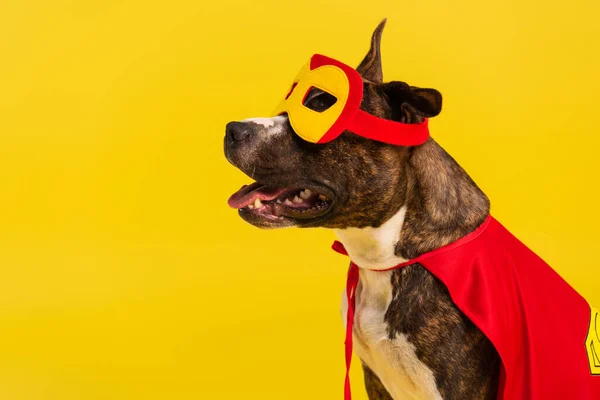
6. Introduce Costumes Gradually
If you are going to dress up your dog, make sure that costumes fit correctly and don’t get in the way of movement or sight. Allow them to wear the outfit for short periods of time in the days leading up to Halloween while watching for signs of discomfort. For those dogs who do not enjoy wearing clothes, a festive bandana can be a very low-stress alternative.
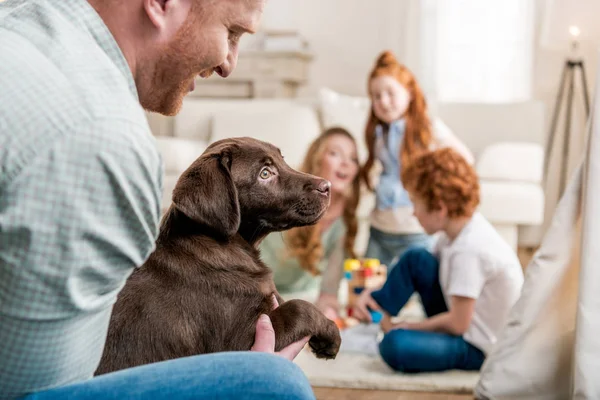
7. Reduce Exposure to crowds and noise
Not all dogs are suited to trick-or-treating. Older dogs, those with low stamina, or those not socialized to noisy, costumed crowds do best at home. For dogs that do join in, carry high-value treats to reinforce good behavior and to trade for unsafe items they may pick up.

8. Make Emergency Preparations
Keep your vet’s number and the Pet Poison Control Center contact handy. If your dog ingests something hazardous, minutes really count. Ellis encourages owners not to let embarrassment get in the way emergency veterinarians are there to help, not to judge.
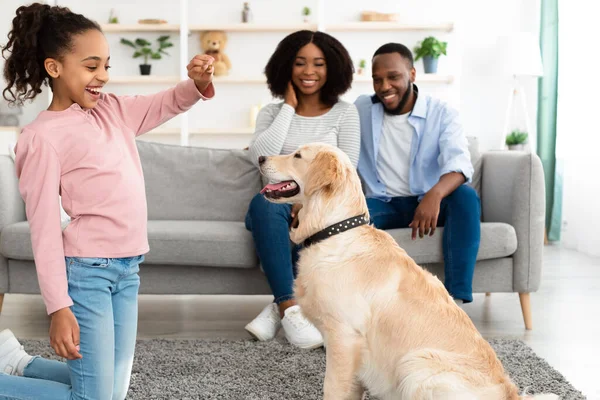
9. Practice Key Commands
Commands such as “leave it” and “drop it” help avoid ingesting things they shouldn’t. These should be practiced in advance using especially tantalizing rewards for the behaviors desired. “It has to be something tastier than what they picked up,” Ellis emphasizes, underlining the importance of advance preparation.
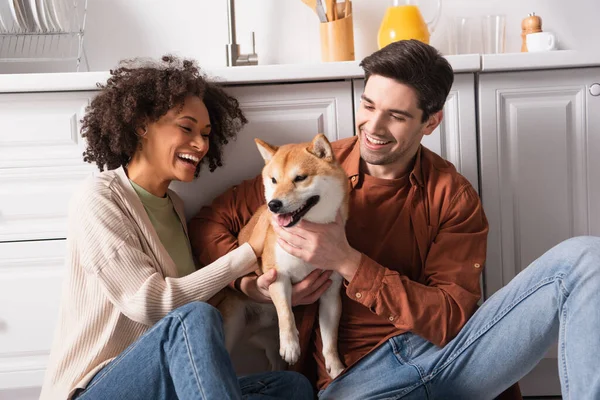
10. Advocate for Your Dog’s Comfort
As much as possible, owners should avoid putting dogs in stressful situations. Dogs can have a much more relaxed, safer Halloween by creating safe spaces, managing exposure, and meeting physical and mental needs. “Whether it’s costumes, doorbells or candy, the key is knowing your pet and setting them up for successful Halloween fun,” Ellis says.


